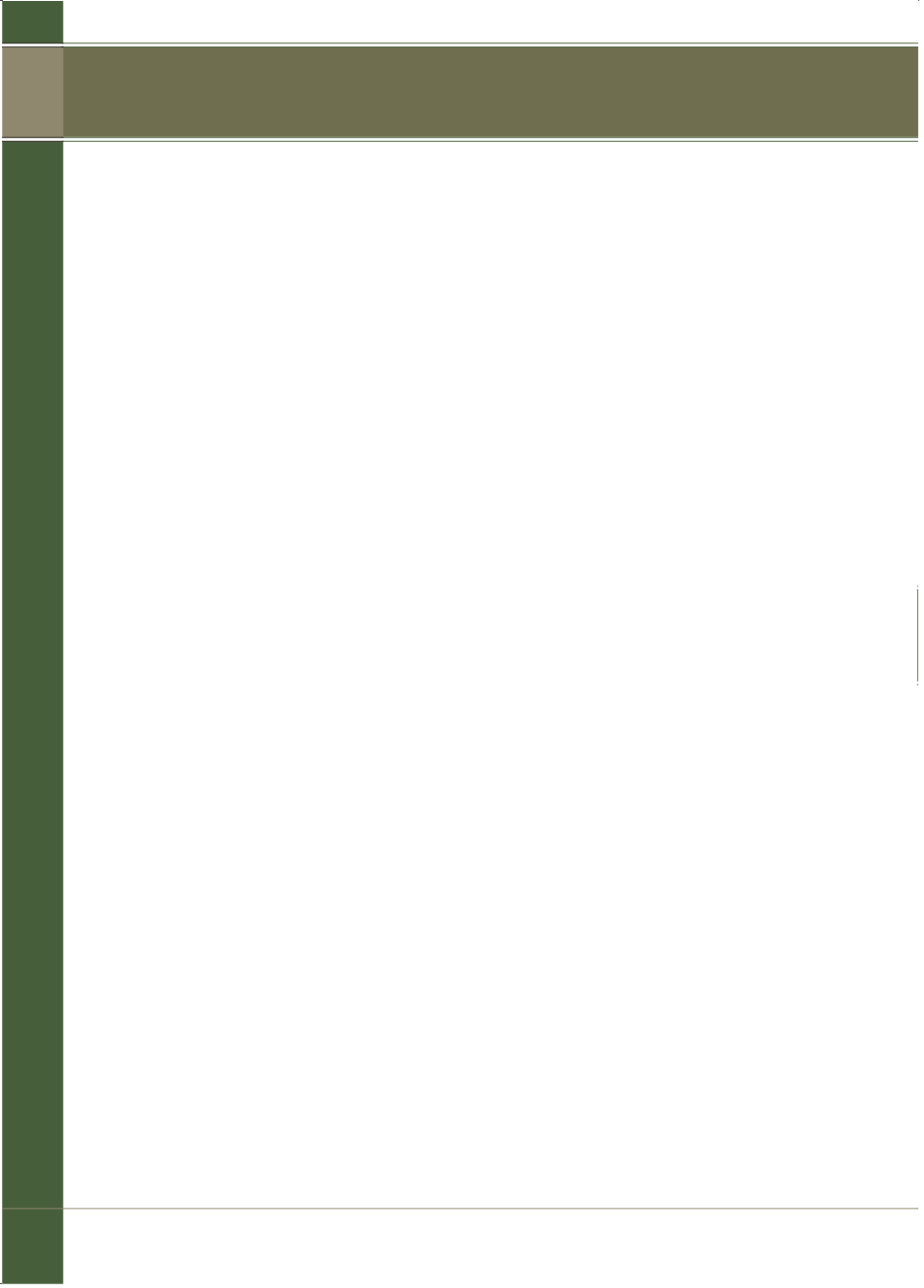

162
• Check that the engine cowlings and cowl flaps are secure.
• Check that the landing gear tyres are free from cuts or other damage,
have no plies exposed and, by visual inspection, are adequately inflated.
• Check that the landing gear oleo extensions arewithin normal static limits
and that the landing gear doors are secure.
• Check that thewing and fuselage surfaces are free from damage and that
the inspectionpanels, flight control surfaces and flight control devices are
secure.
• Check that the interplane and centre section struts are free fromdamage
and that the bracingwires are of the correct tension.
• Check that the pitot heads and static ports are free from obstruction and
that the pitot cover is removed or is free to operate.
• Check that the fuel tankfiller caps, chains, vents and associated access
panels are secure and free fromdamage.
• Check that theempennage surfaces are free fromdamage and that the
control surfaces control cables and control rods,where visible, are secure.
• Check that the canard surfaces are free fromdamage and that the control
surfaces, control cables and control rods,where visible, are secure.
• Check that theflight controls, the trim systems and thehigh lift devices
operable from thegroundhave full and freemovement in the correct sense.
• Check that the radios and antennae are secure and thatwhere visible, radio
units and interwiring are secure.
• Check that thedrainholes are free fromobstruction.
• Check that there isno snow, frost or iceon thewings, tail surfaces,
canards, propeller orwindscreen.
• Check that each tank sump and fuel filter is free fromwater and foreign
matter bydraining a suitablequantityof fuel into a clean transparent
container.
• Check that thewindscreen is clean and free fromdamage.
• Check that the instruments are free fromdamage, legible and secure.
• Check that the seat belts, buckles and inertia reels are free fromdamage,
secure and functioning correctly.
daily inspection
2 – saf e t y precaut i ons

















